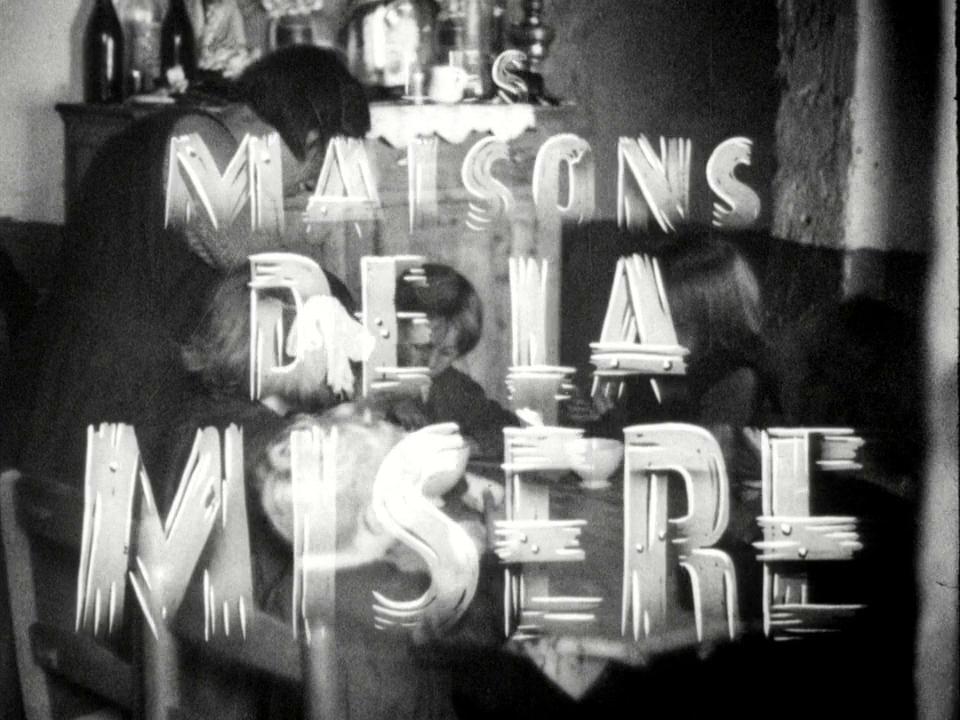Houses of Poverty

This fictional documentary begins and ends with a chorus and a song that has the emotional impact of “The Damned of the Earth” or “The Threepenny Opera”. Borinage left Henri Storck profoundly disturbed by injustice and social poverty. When he was offered a chance to make another such film he undertook an in-depth survey into the working class and slums and shouldered once again his camera as a militant filmmaker. In a plot of Walloon slums he staged characters and situations as examples: the promiscuity of large families, women who die in childbirth, the fear of the bailiffs, the money lenders and the heartless, grasping landlords, the evictions, the children deprived of childhood, the unemployment, the incest and the sluts, the tuberculosis, the impossibility of learning, the solidarity between neighbours. All shots work on intensity, the filling of the frame, which gives the impression of being unable to breathe, of being trapped, closed in. For example: the tiny room where a whole family sleeps piled up in such a way as to make it impossible to move around without stepping over a body or moving a basin; the children’s cemetery; the portrait of a family under a clothes line on which is hanging a mixed bunch of socks with holes in them; the stealing of the scooter, the six-year old kids transformed into little mums for the last-born child. And in the face of this overflowing misery is the emptiness of the expressions, the absence of emotion. Survival is all. But the message of hope is there, with the destruction of slums (the hovels are demolished as if getting rid of a tyrant) and the construction of garden cities surrounded by trees in bloom and a future of song, leaves one with the impression that man’s dignity has been safeguarded.